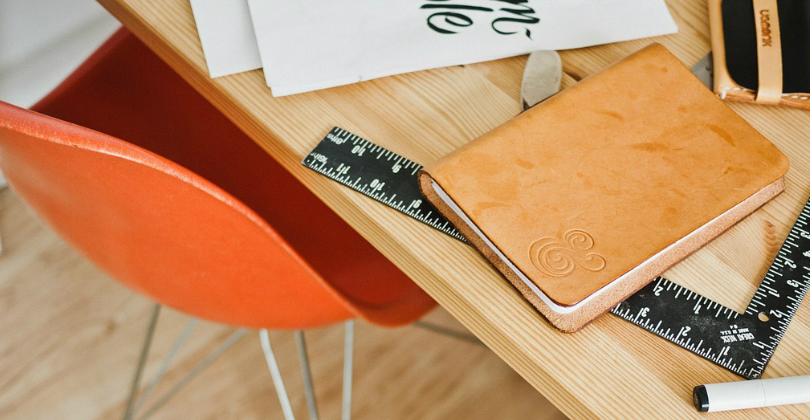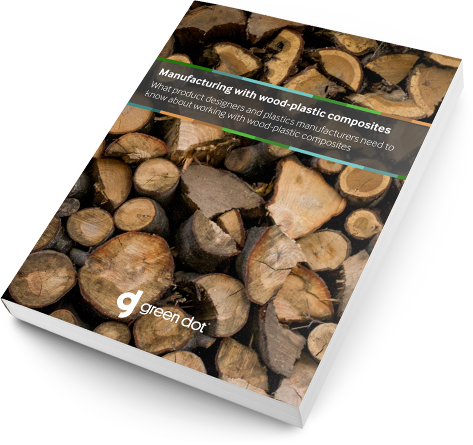Manufacturing with a wood-plastic composite
What product designers and plastics manufacturers need to know about working with wood-plastic composites. The material selection process usually begins with a new idea for a product, or an idea for improving on an existing product. The owner of that idea then sits down with a product designer to talk about turning it into a reality. They may discuss necessary physical characteristics, the materials that could in theory meet those needs, and the benefits and drawbacks of each potential material. Once these design decisions are made, the product can be sent to the manufacturer.

Though many of the formulaic details concerning the makeup of wood-plastic composites are made long before the material reaches the manufacturer, the particulars will be of some interest to toolmakers, molders, extruders and other manufacturers because they may have a subtle effect on the overall flow of the process. Even with wood-plastic composites, which preserve so much of traditional plastic production, manufacturers will want to have a handle on details like the percentage of biomaterials used in the composite, particle size and processing temperatures.
Understanding these variables will help to alleviate any concerns that wood-plastic composites are an all-together foreign raw material and dispel any myths about their inherent “manufacturability.”
The specifics of wood-plastic composite formulations should be discussed and considered throughout product design and manufacturing. Designers must keep in mind that material decisions concerning wood particle size and species will have implications for manufacturers. Manufacturers will no doubt have some questions about the chosen material. Will it work with my existing machinery? Will I need to redesign my tooling? What sort of cycle time should I expect with wood-plastic composites?
Knowing the answers to these questions will help manufacturers become more comfortable working with wood-plastic composites. As it turns out, wood-plastic composite plastics are remarkably similar to conventional plastic, with the added benefit of environmental sustainability.
Green Dot has gone to great lengths to make sure this is the case. In the guide below, we explain some of the unique aspects of manufacturing with a wood-plastic composite, as well as some things product designers should be aware of during and after the material selection phase.

Manufacturing with wood-plastic composites
What product designers and plastics manufacturers need to know about working with wood-plastic composites


